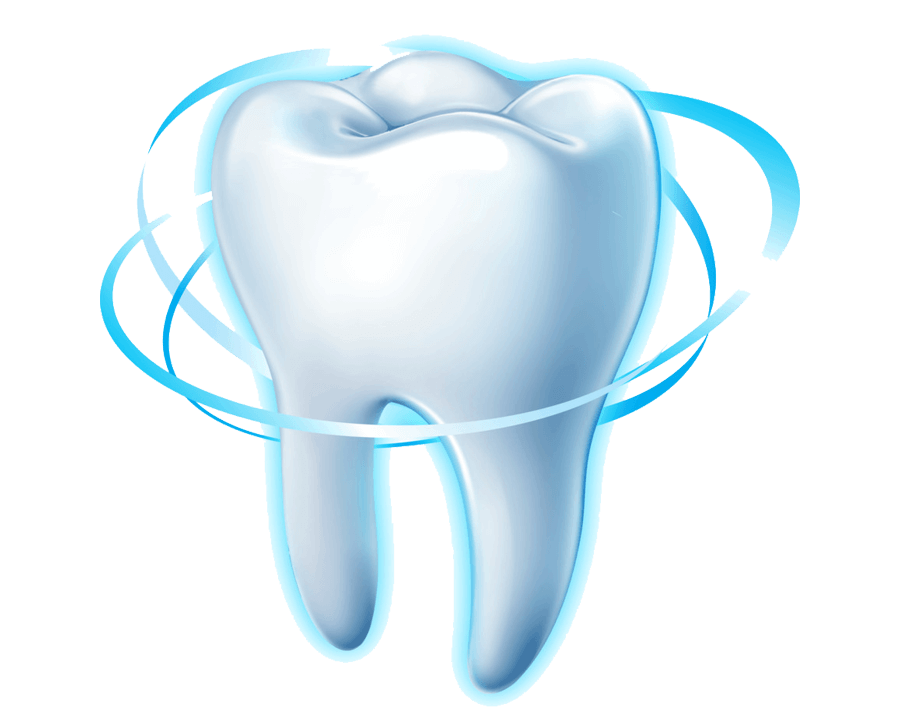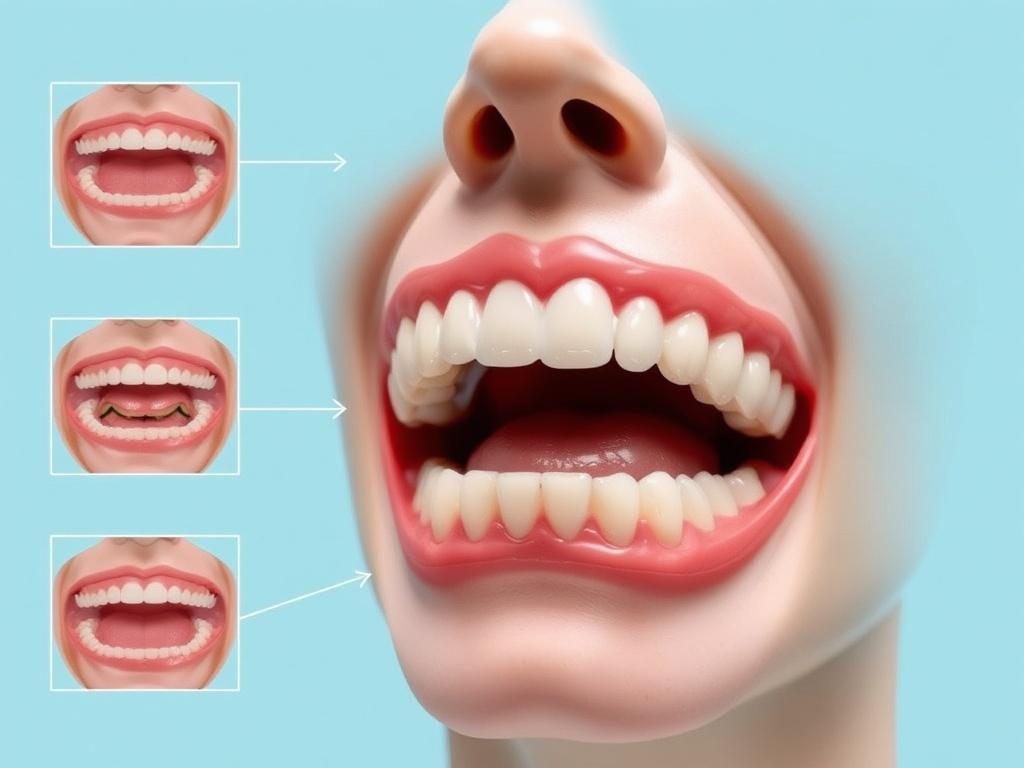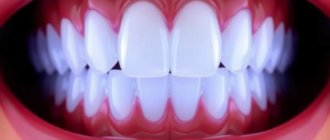Full mouth reconstruction cases represent one of the most transformative journeys in modern dentistry. Imagine regaining not only the full function of your teeth but also restoring confidence through a smile that looks natural and healthy. For many patients, this process is life-changing, offering relief from pain, difficulty chewing, and self-consciousness. Whether you’ve struggled with severe tooth decay, trauma, or aging-related dental issues, full mouth reconstruction can create a personalized plan that brings harmony back to your oral health.
In this article, we’ll explore the many facets of full mouth reconstruction cases—from understanding what it involves to the types of treatment options available, and the benefits you can expect. Along the way, you’ll find tables and lists to break down complex topics into easy-to-digest pieces. By the end, you’ll have a thorough understanding of how these cases are approached and why full mouth reconstruction might be the solution you’ve been searching for.
Содержание
- 1 What Is Full Mouth Reconstruction?
- 2 The Comprehensive Process of Full Mouth Reconstruction Cases
- 3 Key Considerations in Full Mouth Reconstruction Cases
- 4 Common Challenges and Solutions in Full Mouth Reconstruction Cases
- 5 Real-Life Full Mouth Reconstruction Case Examples
- 6 Maintaining Your New Smile After Full Mouth Reconstruction
- 7 Innovations Shaping the Future of Full Mouth Reconstruction Cases
- 8 Common Questions About Full Mouth Reconstruction Cases
- 9 Summary Table: Comparing Treatment Options in Full Mouth Reconstruction Cases
- 10 Conclusion
What Is Full Mouth Reconstruction?
Full mouth reconstruction cases refer to dental treatments involving the restoration or replacement of all (or most) of the teeth in the upper and lower jaws. Unlike single-tooth procedures or cosmetic fixes, full mouth reconstruction addresses multiple dental problems at once. These can include cavities, worn-down teeth, missing teeth, gum disease, misalignment, and bite issues.
The goal is holistic: to improve oral function, restore aesthetic appeal, and enhance overall dental health. It’s not just about aesthetics; it’s about rebuilding a solid foundation that supports your mouth’s health for years to come.
When Is Full Mouth Reconstruction Needed?
Full mouth reconstruction is often recommended when a patient’s dental problems are widespread or severe. Common reasons include:
- Extensive tooth decay affecting many teeth
- Severe tooth wear from grinding (bruxism) or acid erosion
- Multiple missing teeth impacting bite and chewing
- Trauma or injuries causing broken or damaged teeth
- Advanced periodontal (gum) disease causing bone loss and tooth instability
- Jaw misalignment leading to discomfort and functional issues
Each patient’s needs will vary, but together, these challenges create a need for comprehensive restorative treatment rather than a piecemeal approach.
The Comprehensive Process of Full Mouth Reconstruction Cases
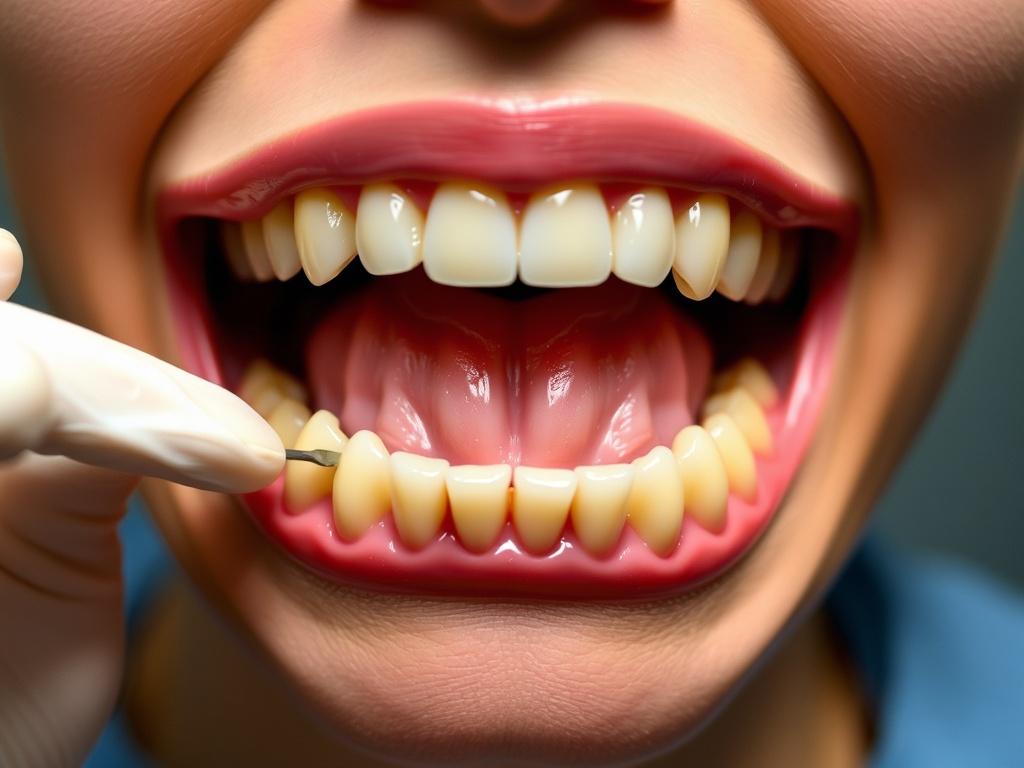
One of the reasons full mouth reconstruction cases are complex and personalized is the extensive planning involved. Here’s a step-by-step breakdown of how dentists typically approach these cases.
Initial Consultation and Comprehensive Exam
The first step is a thorough examination of your teeth, gums, jaw, and bite. Advanced imaging like digital X-rays, 3D scans, or CT scans may be used to gain detailed insight into the condition of your jawbone and teeth roots. Impressions or digital scans create a model of your current bite.
At this stage, the dental team also discusses your goals, concerns, and expectations. This conversation helps tailor the treatment plan to suit your lifestyle and aesthetic preferences.
Diagnosis and Treatment Planning
Based on the exam, a detailed diagnosis is made, covering everything from cavities and gum health to bite alignment. This leads to a comprehensive treatment plan that may involve a combination of:
| Treatment Type | Description | Purpose |
|---|---|---|
| Dental Crowns | Caps placed over damaged teeth | Restore strength and appearance |
| Dental Implants | Titanium posts surgically placed into the jawbone | Replace missing teeth with artificial roots |
| Bridges | Fixed restorations connecting teeth over a gap | Replace missing teeth when implants aren’t suitable |
| Veneers | Thin shells bonded to the front of teeth | Improve appearance and correct minor damage |
| Orthodontics | Braces or aligners to reposition teeth | Correct bite and alignment issues |
| Periodontal Treatment | Deep cleanings, surgeries, or regenerative procedures | Control gum disease and bone loss |
| Full or Partial Dentures | Removable appliances replacing multiple teeth | Restore chewing function and aesthetics |
Sequencing and Coordination
A unique challenge in full mouth reconstruction cases is deciding what treatments come first. For example, periodontal therapy may be necessary before you can receive crowns or implants. Orthodontic treatment often precedes restorative work to establish a proper bite. Your dentist or prosthodontist carefully sequences treatments so each step builds on the last, leading to a strong, functional, and beautiful result.
Execution of the Treatment Plan
Treatment can span weeks or months, depending on complexity. Multiple visits allow for gradual restoration or replacement of teeth. Temporary fillings or crowns protect teeth during healing phases. Throughout this period, communication between you and your dentist is critical to ensure comfort, adjust the plan if needed, and maintain progress.
Key Considerations in Full Mouth Reconstruction Cases
Successful outcomes depend on several factors. Understanding these can help guide your decisions and expectations.
Choosing the Right Specialist
Full mouth reconstruction cases are often overseen by prosthodontists—dentists who specialize in restoring and replacing teeth. You might also work with periodontists for gum issues, oral surgeons for implant placement, and orthodontists for bite corrections. A collaborative team approach ensures every aspect of your case is expertly managed.
Material Choices
The materials used in restorations play a big role in appearance and longevity. Popular options include:
- Porcelain: Offers a natural look and resistance to staining
- Zirconia: Extremely strong, ideal for crowns and bridges
- Composite resin: More affordable, used in fillings and veneers
Your dentist will recommend materials based on your bite, aesthetic goals, and budget.
Function vs. Aesthetics Balance
In these cases, restoring function—such as chewing and speaking—is the priority. However, aesthetics often matter just as much to patients. Good full mouth reconstruction plans balance both, resulting in teeth that work well and look great.
Common Challenges and Solutions in Full Mouth Reconstruction Cases
As you might imagine, full mouth reconstruction cases are rarely straightforward. Here are some challenges dentists encounter and how they’re addressed:
Bone Loss and Implant Placement
For patients missing teeth for years, jawbone loss can make placing implants difficult. Bone grafts or sinus lifts may be necessary to build up the foundation. Patience during healing phases ensures implants are stable and functional for the long term.
Managing Patient Expectations
Because treatment takes time and may involve temporary discomfort, clear communication is essential. Dentists who thoroughly explain each step, realistic timelines, and potential complications help patients feel confident and supported.
Financial Investment
Full mouth reconstruction cases involve substantial costs, often making them a significant financial commitment. Many dental offices offer financing options or phased treatment plans to help manage expenses over time.
Real-Life Full Mouth Reconstruction Case Examples
To bring these concepts to life, let’s look at some hypothetical examples of full mouth reconstruction cases and what treatment they might involve.
Case 1: Severe Tooth Wear from Bruxism
A 55-year-old patient had worn down all their molars and front teeth due to years of grinding. The treatment plan included:
- Night guard fabrication to protect teeth after treatment
- Orthodontics to improve bite alignment
- Crowns on worn teeth using strong zirconia
- Implants to replace extracted severely damaged molars
The outcome was a restored bite, less jaw pain, and a natural smile.
Case 2: Multiple Missing Teeth and Gum Disease
A 60-year-old patient had lost several teeth and suffered from moderate periodontal disease. Treatment involved:
- Deep periodontal cleanings and bone grafting
- Implant placement to replace missing teeth
- Fixed dental bridges in areas where implants weren’t an option
- Veneers for stained and damaged front teeth
This multi-specialty approach restored function and stopped disease progression.
Maintaining Your New Smile After Full Mouth Reconstruction
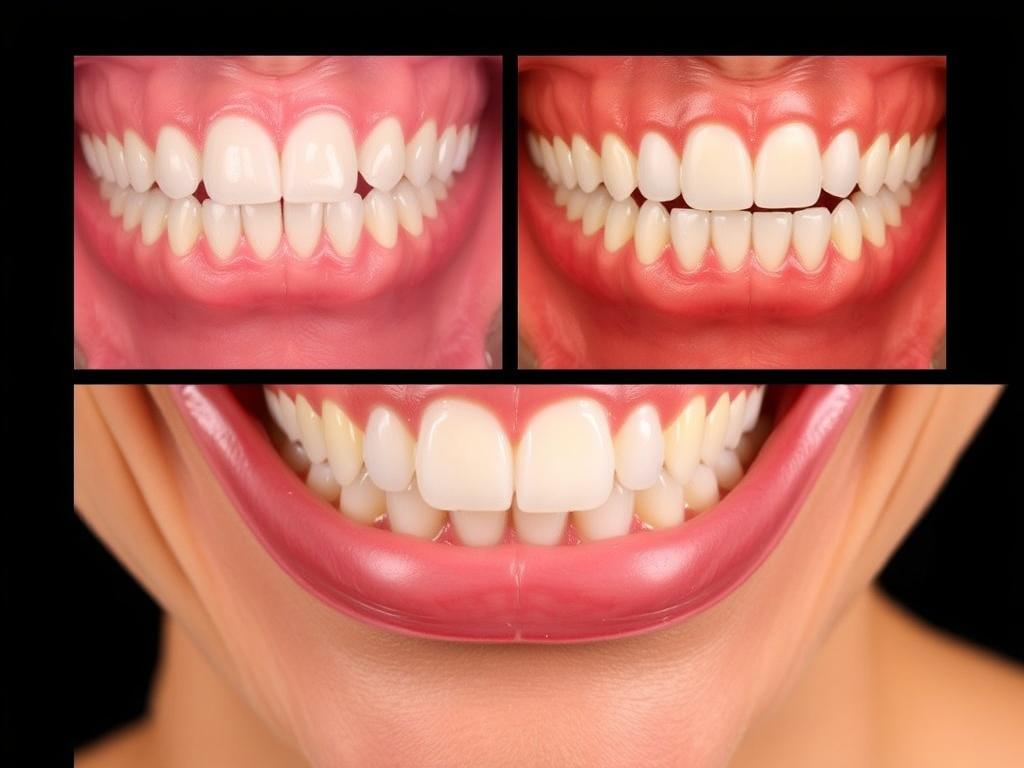
Completing the treatment is just the beginning. Good oral hygiene and regular dental visits are critical to maintaining your restored smile. Post-treatment care tips include:
- Brushing twice daily with a soft-bristled toothbrush
- Using floss or interdental brushes to clean between teeth
- Wearing protective nightguards if grinding continues
- Maintaining a healthy diet to avoid decay and gum problems
- Visiting your dentist every six months for cleanings and exams
Following these recommendations prolongs the longevity of your restorations and keeps your mouth healthy.
Innovations Shaping the Future of Full Mouth Reconstruction Cases
Technology is revolutionizing how full mouth reconstructions are done. Digital dentistry tools, such as CAD/CAM milling and 3D printing, allow for faster, more precise restorations. Virtual treatment planning software helps dentists visualize outcomes and make adjustments before treatment even begins.
In addition, materials continue to improve. New ceramics offer unmatched durability and natural appearance, while bioactive materials encourage healing of gums and bone. These innovations mean that full mouth reconstruction cases will only become more successful and comfortable for patients.
Common Questions About Full Mouth Reconstruction Cases
How long does full mouth reconstruction take?
The timeline varies widely. Simple full mouth reconstructions might take a few months, while complex cases involving implants, bone grafts, and orthodontics can take a year or more.
Is full mouth reconstruction painful?
Dentists use local anesthesia and sedation options to minimize pain during procedures. Post-operative discomfort is usually manageable with prescribed medications and resolves quickly.
Will insurance cover full mouth reconstruction?
Coverage depends on your insurance plan and whether treatments are deemed medically necessary. Cosmetic components may not be covered. It’s important to consult your insurance provider and dental office about costs and coverage.
Can I eat normally after full mouth reconstruction?
Yes, one of the primary benefits is restoring chewing function. Initially, you might need to stick to soft foods, but once healing is complete, you should be able to enjoy a full range of foods comfortably.
Summary Table: Comparing Treatment Options in Full Mouth Reconstruction Cases
| Treatment | Pros | Cons | Typical Use |
|---|---|---|---|
| Dental Implants | Long-lasting, preserves bone, natural appearance | Requires surgery, healing time, higher cost | Replacing single or multiple missing teeth |
| Crowns | Protects damaged teeth, improves strength and looks | Requires tooth preparation, risk of sensitivity | Restoring broken or decayed teeth |
| Bridges | Fixed, good for replacing a few teeth in a row | Can affect adjacent teeth, less bone preservation | When implants are not an option |
| Veneers | Highly aesthetic, minimally invasive | Not suitable for extensive damage | Improving appearance of front teeth |
| Dentures | Cost-effective for many missing teeth, removable | Less stable, may feel bulky | Full or partial tooth replacement |
Conclusion
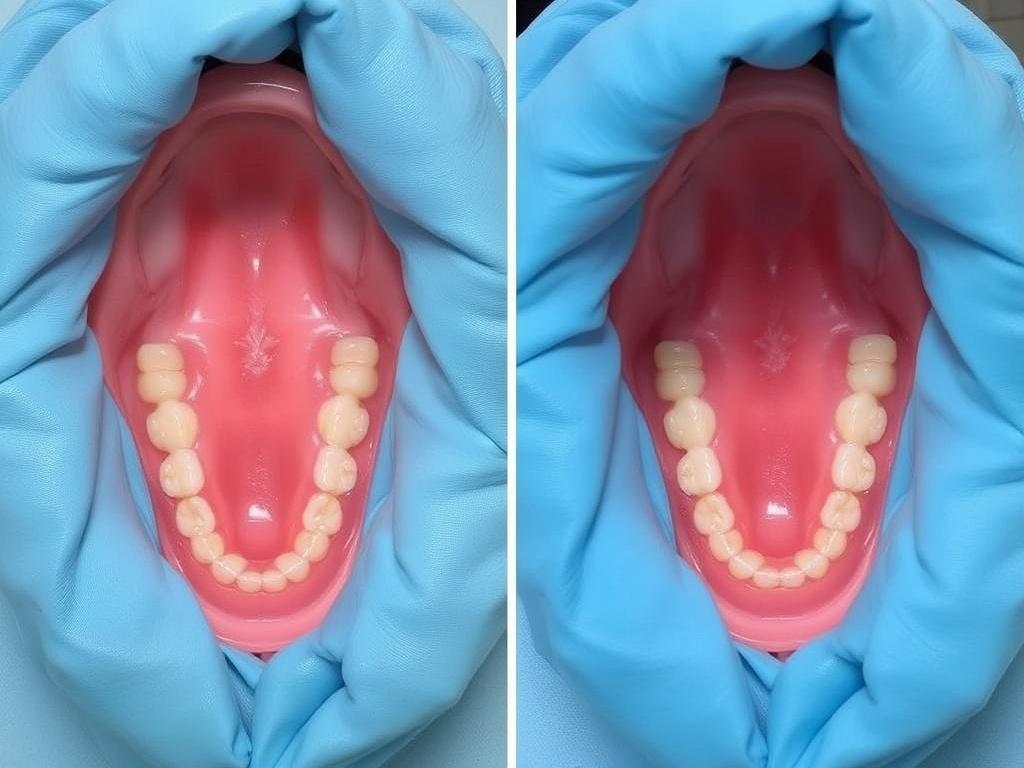
Full mouth reconstruction cases are a remarkable testament to the advances in dental care, offering comprehensive solutions for patients facing significant oral health challenges. Through a carefully coordinated blend of treatments—from implants and crowns to orthodontics and periodontal therapy—dentists can restore both function and beauty to your smile. While this process demands commitment, patience, and sometimes a considerable financial investment, the benefits of a healthy, confident smile affect far more than just your teeth. They impact your quality of life, social interactions, and even overall health. If you or a loved one is struggling with widespread dental issues, consulting with a skilled dental team experienced in full mouth reconstruction cases may just be the first step toward transforming your smile—and your life.
